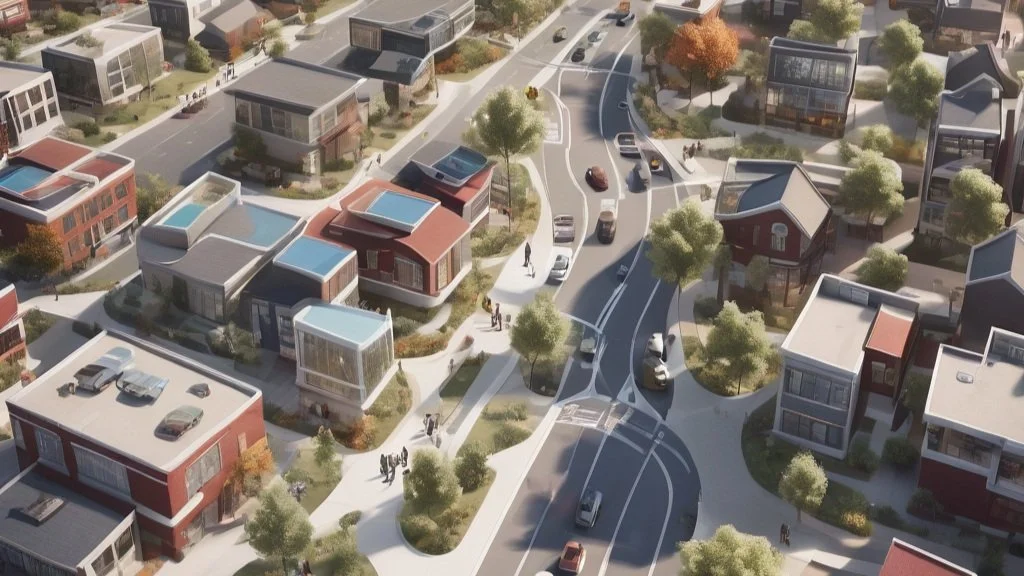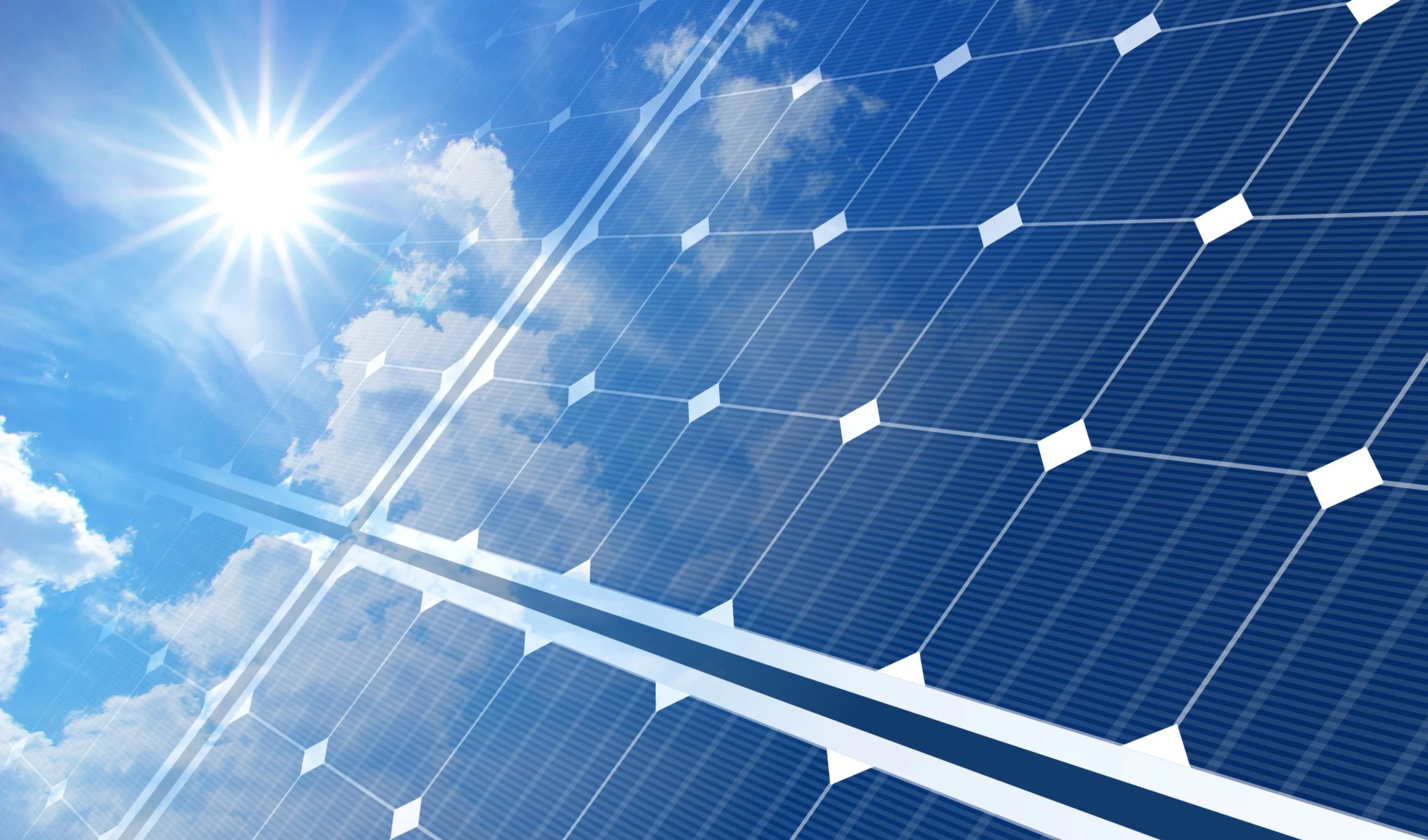Imagine a walk down a street on a scorching hot, Louisiana summer day. The sun beats down relentlessly. The pavement is a sizzling griddle. The air is a suffocating wave of heat. Miserable, right? But now, picture that same street lined with towering, leafy trees. Their shade becomes an oasis that cools the air and offers relief from the sun’s heat. The world feels fresher, quieter, almost as if nature itself is exhaling. That’s the quiet power of trees, which provide comfort, protection, and fresh air in a world that desperately needs it.
As a tree hugger, as some call people like myself, I’m a strong advocate for maintaining and creating green spaces in all communities. I truly care for the environment and believe everyone should reap the benefits that trees give. However, they, too, feel the effects of the increasing temperatures as everyone and everything else. We need to understand the nature and function of trees as well as how to help them through extreme weather.
My Louisiana childhood memories of early summer lead me back to downtown Abbeville, where koi swam in the pond in the old courthouse’s shadow, and Magdalen Square transformed into a resplendent garden for the annual Daylily Festival. As a child, my parents took my sister and me to visit the fish before taking us to dinner at Shuck’s to celebrate good report cards. Every spring, my grandmother “Honey” whisked me off to the Daylily festival. We walked among the booths until I carefully chose a flower to plant in Honey’s garden. Every year, that garden grew a little brighter, with each memory we planted.
Now, the daylilies outnumber the koi that have long since disappeared from the courthouse pond. My parents told me they’d been moved to a "better" pond, but I have a hunch they didn’t make it through Hurricane Rita. Every time I visit my hometown, I see the daylilies we planted in her garden growing stronger, reminding me of my roots anchored in Abbeville and the family who make it feel like home.
These formative memories all have one thing in common: scenic downtown Abbeville – it isn’t just close to my heart; it’s part of who I am. I’ve been a CPEX team member for nearly 3 years, and when we began working with Abbeville Mayor Roslyn White, I jumped on the opportunity to get involved with the project.
In September, the Center for Planning Excellence (CPEX) led a study tour in Germany, gathering two cohorts of Louisiana’s business, energy, and policy leaders for a deep dive into Germany’s offshore wind industry. Over the course of four days, our Louisiana delegation explored one of the world’s most innovative renewable energy ecosystems, experiencing firsthand the technology, safety, and policy frameworks driving Germany’s success in offshore wind.
One of the early lessons I learned about policy work is that battles are fought in theory first. Policy experts have to piece together historical data, look for patterns, imagine what could happen in the future, and develop recommendations to solve real-world problems. The policy work I do at CPEX – planning for initiatives and platforms that power up Louisiana with access to clean energy resources – requires a high level of tenacity. I have to constantly update and revise my knowledge base as new research and technology emerges in the field. At the same time, great policy is only created through people power, so thought revision occurs while engaging with various community leaders and stakeholders who have diverse perspectives and interests.
In the summer of 2016, my pregnant wife and I found ourselves in a terrifying situation. While test driving a Subaru Outback, a car seemingly appeared out of nowhere and T-boned us. All airbags deployed, and the vehicles collided in a shower of glass and plastic. Miraculously, everyone, including our unborn baby, was unharmed. The next day, we learned that our insurance would cover the cost of the dealership’s car, sparing us financial strain just as we were about to welcome a new family member.
Join me as I dive headfirst into the world of AI and community planning, highlighting the fascinating (and sometimes slightly spooky) capabilities of AI and its role in shaping the communities of tomorrow.
As solar power emerges as the fastest-growing energy source in Louisiana, it presents both opportunities and challenges for local communities. Because Louisiana has a variety of rural, suburban, and urban areas, it’s critical that local governments tailor their regulations and policies to meet the specific needs, goals, and preferences of their communities. Sustainable development does not happen accidentally – it requires thoughtful planning in coordination with industry experts, local leaders, residents, and other stakeholders.
Louisiana is no stranger to the wrath of Mother Nature – hurricanes, flooding, and coastal erosion have long plagued our communities, leaving us to adapt and rebuild time and time again. However, this past summer, Louisiana faced an unexpected and unprecedented threat: wildfires, fueled by extreme heat, strong winds, a high-pressure heat dome, and one of the most severe droughts in our recorded history.
On a sunny day in July 2023, a group of Louisiana state legislators, representatives from state agencies, and individuals from Louisiana-based law firms, businesses, ports, and schools gathered on the deck of a chartered vessel just off the shore of Point Judith, Rhode Island.









